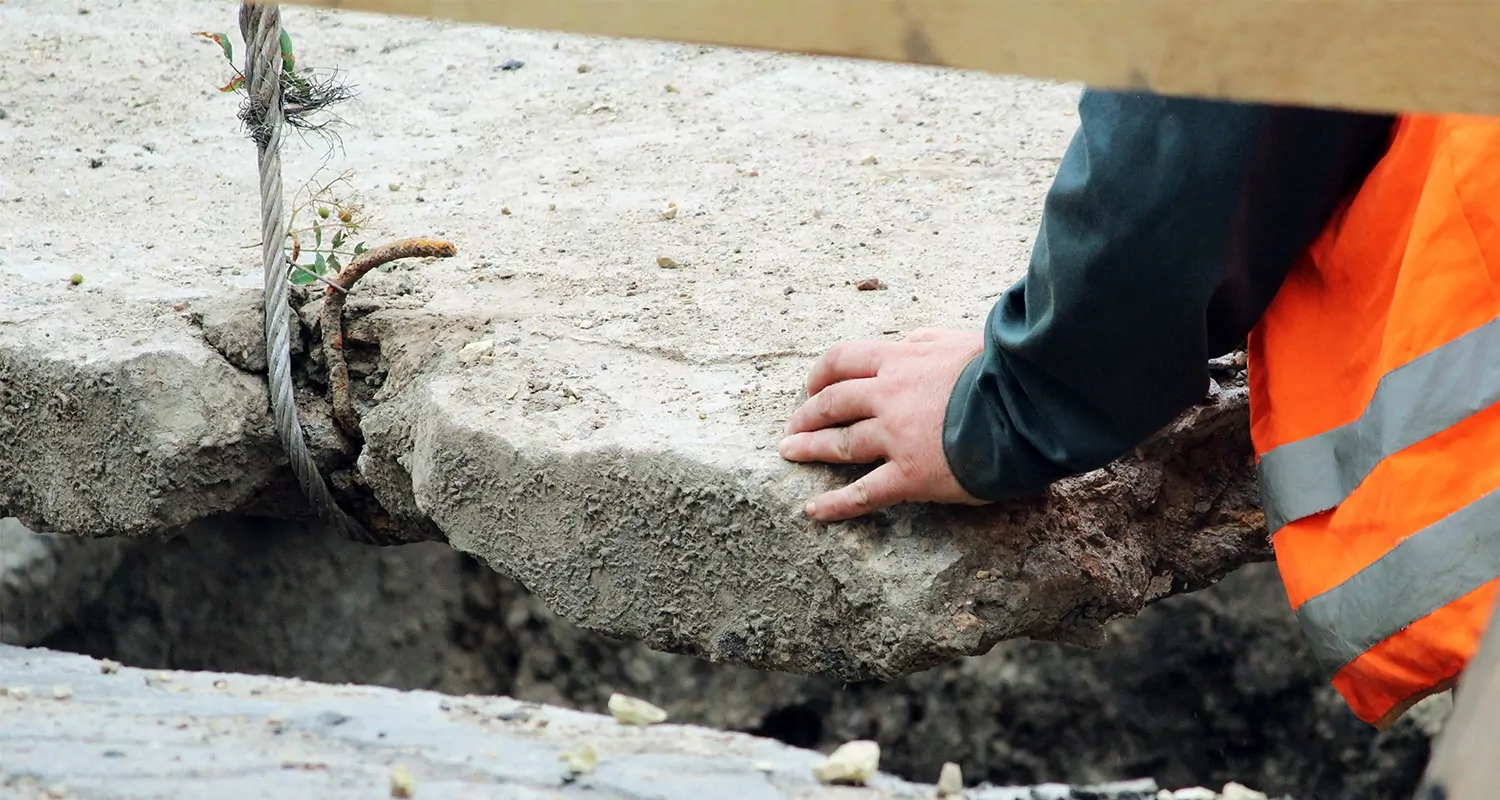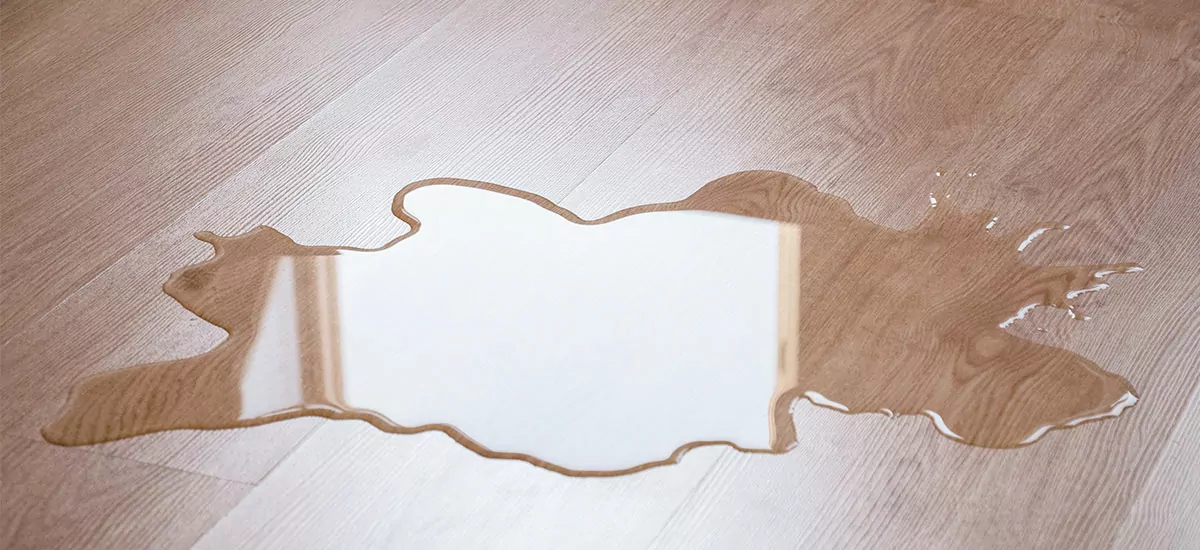
How to fix a slab leak in San Antonio?
Table of Contents
In this post, we will be covering everything about “how to fix a slab leak”. A Homeowners’ worst fears: under the solid floors you walk on, water seeps in from unexpected sources and threatens the foundation of their beloved abode.
Slab leaks – also known as structural plumbing issues or plumbing leaks – pose not just plumbing but structural concerns too; so if this issue has caught your eye or you want more information on its causes and solutions, look no further!
Let’s dive deep into understanding slab leaks as well as ways to resolve them!
What’s a Slab Leak?
Imagine enjoying your Sunday morning cup of coffee when all of a sudden there’s an unexplainable puddle of water in the center of your living room.
Slab leaks occur when water pipes located beneath your concrete floor – commonly referred to as the “slab” – spring a leak, creating an intrusion beneath your home’s foundation and into its interior space.
Typical Signs of a Slab Leak

Now, you might wonder, how do you even know if you have a slab leak? There are a few tell-tale signs.
- Hot or cold spots on the floor. It’s like walking on a surprise heated pathway.
- Skyrocketing water bills without any visible increase in water usage.
- Sound of running water when everything’s turned off.
- Mysterious water puddles, just like our Sunday morning fiasco.
If you’ve spotted any of these signs, the chances are that you have a slab leak on your hands.
How to Repair / Fix Plumbing Under Slab?
Alright, so you’ve detected a slab leak. Now, what?
Detection:
Before beginning any San Antonio plumbing repair work, the initial step must be accurately pinpointing the source of a leak. Professionals use various tools for this purpose; special listening devices can detect faint hissing or dripping noises beneath concrete.
While infrared cameras can detect temperature differences caused by hot or cold water leakage, with electronic leak detection tools tracking electrical charges created by water flowing freely under floors and carpets.
It is vitally important that this step be carried out accurately or you may end up cutting through parts of your floor that shouldn’t need work! This step is absolutely vitally important; otherwise you risk breaking through the wrong parts!
Direct Access:
Breaking directly through the slab above a leak is effective but may prove more invasive, necessitating you to literally dig down into your foundation to address leaks directly.
Repairing such damage requires reconstructing dug-out slabs – an expensive and time-consuming task in its own right – yet some leaks still require such direct intervention as it ensures issues are tackled at their source immediately.
Relining:
Think of relining as giving your old pipes a new lease on life. Instead of tearing out the entire offending pipe, professionals can sometimes insert an epoxy lining.
This lining adheres to the inner walls of the existing pipe, sealing off any leaks. It’s a bit like patching a tire from the inside. This method can be less invasive than the direct access approach, and it can extend the lifespan of your plumbing by several years.
Pipe Rerouting:
Sometimes, it’s not about fixing what’s broken, but rather, finding a new way. When the leak is too tricky, or the damage to the original pipe too extensive, plumbers might suggest rerouting.
Essentially, they shut off and seal the leaky line, then create a new path for the water, bypassing the problematic section. This method is especially useful when the problematic pipe is located under important or delicate parts of the house, like a bathtub or kitchen.
How Much Does it Cost to Fix a Slab Leak?
This is where the storytelling gets a bit somber. The cost can vary, and it’s often not cheap.
On average, homeowners might spend between $2,280 to $4,400 +, according to Angi. Factors affecting the price include:
- Location of the leak
- Damage extent
- Repair method chosen
- Regional pricing differences
Why You Should Hire a Professional Company in San Antonio
“Hey, I’ve watched a ton of DIY videos. Why can’t I fix it myself?” Great question!
San Antonio, with its unique geological makeup and climate conditions, presents specific challenges. Here’s why you should trust a local professional:
- Experience: San Antonio pros have probably seen and fixed countless slab leaks in the region. They know the land, and they know the craft.
- Tools & Equipment: These aren’t your everyday hammers and nails. Professionals come armed with specialized equipment to detect and repair the leak.
- Warranty: Most reputable companies offer a warranty on their work. If anything goes wrong post-repair, they’ll have your back.
In essence, when it comes to fixing slab leaks, especially in San Antonio, it’s always best to trust the experts.
Wrapping it up
Slab leaks may sound intimidating, but with proper knowledge and expertise they are manageable. Early detection and timely intervention are the keys to keeping your foundation strong!
So the next time you suspect anything amiss beneath your feet don’t hesitate; knowledge is your first line of defense and a skilled plumber your best ally; stay informed and proactive to keep that strong foundation!
FAQs
Are slab leaks easy to fix?
Slab leaks can be challenging to treat due to their location under concrete foundations. While some leaks might be straightforward to deal with, others require professional equipment and expertise – it’s always wise to consult an expert first before taking any decisions on your own.
How common is a slab leak?
Slab leaks are unfortunately all too often an annoyance in older homes or regions with unstable soil types that shift frequently. External factors like ground movements or poor construction may increase their probability.
How do you fix plumbing in a slab foundation?
Repairing plumbing within a slab foundation typically involves accessing leaks directly by breaking through the slab or rerouting plumbing lines, with professional plumbers using epoxy relining methods to seal leaks without extensive digging.
How long can a slab leak go undetected?
Leaks may develop quickly with obvious symptoms; others could remain hidden for months or even years and cause cumulative damage over time. Scheduling regular home inspections is important to early detection.